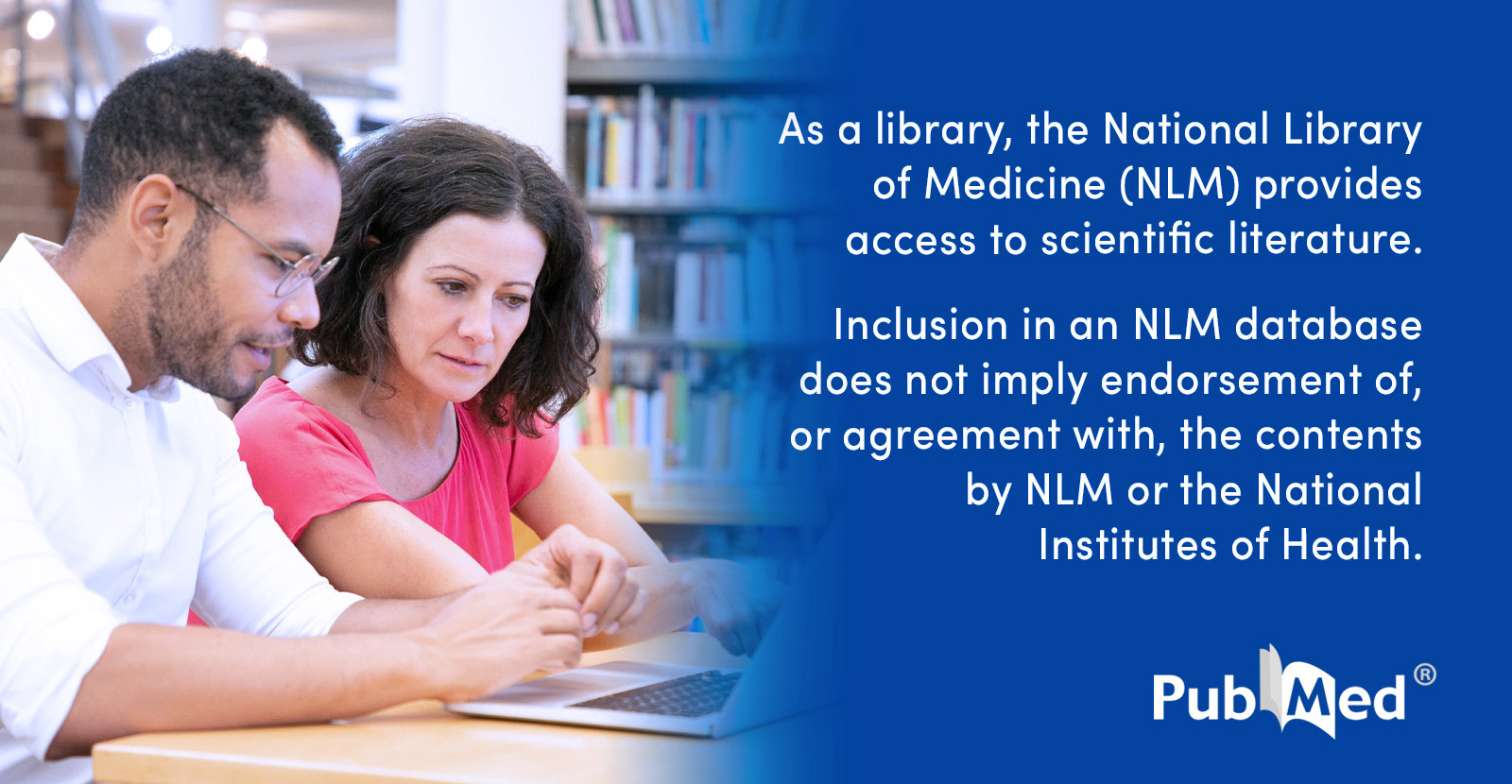
Safety, Tolerability, Pharmacokinetics, and Pharmacodynamics of the Neonatal Fc Receptor Inhibitor Rozanolixizumab: An Ethnic Sensitivity Study in Healthy Japanese, Chinese, and White Participants - PubMed
Source : https://pubmed.ncbi.nlm.nih.gov/39569616/
Rozanolixizumab is an anti-human neonatal Fc receptor humanized immunoglobulin (Ig) G4 monoclonal antibody that reduces IgG, including pathogenic IgG autoantibodies. Rozanolixizumab safety and tolerability have been assessed in previous clinical...
Rozanolixizumab showed similar safety, tolerability, and IgG-lowering effects across Japanese, Chinese, and White participants, despite lower exposure in Asian groups due to lower body weight, supporting cross-ethnicity data applicability.

New and Emerging Biological Therapies for Myasthenia Gravis: A Focussed Review for Clinical Decision-Making - PubMed
Source : https://pubmed.ncbi.nlm.nih.gov/39869260/
Myasthenia gravis (MG) is a rare autoimmune disease characterised by exertion-induced muscle weakness that can lead to potentially life-threatening myasthenic crises. Detectable antibodies are directed against specific postsynaptic structures of...
Myasthenia gravis is a chronic autoimmune disease marked by muscle weakness. Recent targeted therapies, including complement and FcRn inhibitors, are transforming treatment and improving patient outcomes beyond traditional methods.

Can Non-Thymomatous Late-Onset Myasthenia Gravis Benefit From Thymectomy? A Systematic Review and Meta-Analysis - PubMed
Source : https://pubmed.ncbi.nlm.nih.gov/40022458/
Thymectomy may be a potentially effective treatment for LOMG, particularly in patients who undergo the procedure soon after diagnosis. A randomized controlled study for LOMG patients is needed.
Thymectomy may benefit late-onset myasthenia gravis (LOMG), especially in patients undergoing surgery soon after diagnosis. Response rates improve when MG onset is ≥45 years or thymectomy occurs at ≥50 years.

Myasthenia gravis in 2025: five new things and four hopes for the future - PubMed
Source : https://pubmed.ncbi.nlm.nih.gov/39987373/
The last 10 years has brought transformative developments in the effective treatment of myasthenia gravis (MG). Beginning with the randomized trial of thymectomy in myasthenia gravis that demonstrated efficacy of...
Recent advances in myasthenia gravis treatment include thymectomy, B cell depletion, complement inhibition, and Fc receptor blockade. Future goals focus on rapid diagnosis, neuromuscular protection, aging research, and durable therapies like CAR T cells.

Tracking myasthenia gravis severity over time: Insights from the French health insurance claims database - PubMed
Source : https://pubmed.ncbi.nlm.nih.gov/39494501/
A subgroup of patients with MG require ICU admission and rescue therapy with IVIg or PE, indicative of poor disease control. New therapies are needed to improve disease control and...
This study analyzed 14,459 MG patients from the French SNDS database, highlighting ICU admissions, IVIg/PE use, and mortality risks. Findings suggest poor disease control in some patients, emphasizing the need for better therapies.

